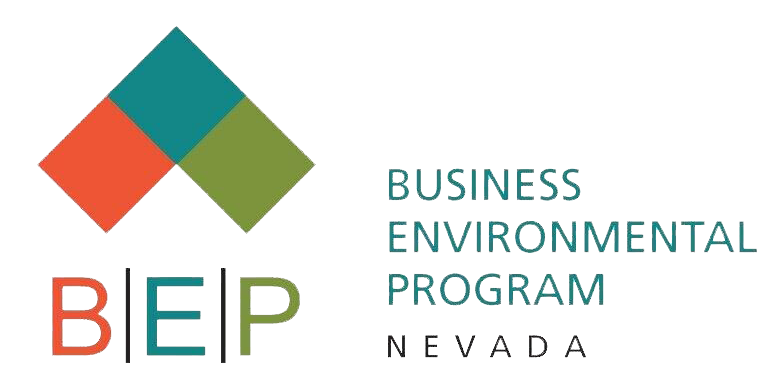What is Pollution Prevention (P2)?
Pollution prevention (P2) reduces or eliminates waste at its source. There are countless opportunities to decrease costs, risks, and environmental concerns. Once P2 practices are in place you can save money, increase efficiency, and reduce waste.
The Nevada Business Environmental Program is dedicated to assisting businesses explore pollution prevention opportunities for their operations.
Why is Pollution Prevention Important?
- The United States of America annually produces millions of tons of pollution and spends tens of billions of dollars per year controlling this pollution.
- There are significant opportunities for industry to reduce or prevent pollution at the source through cost-effective changes in production, operation, and raw materials use. Such changes offer industry substantial savings in reduced raw material, pollution control, and liability costs as well as help protect the environment and reduce risks to worker health and safety.
- The opportunities for source reduction are often not realized because existing regulations, and the industrial resources they require for compliance, focus upon treatment and disposal, rather than source reduction; existing regulations do not emphasize multi-media management of pollution; and businesses need information and technical assistance to overcome institutional barriers to the adoption of source reduction practices.
What can we do for you?
BEP can help evaluate your business and come up with cost effective strategies for you to conserve energy and reduce pollution. We are able to:
- Conduct on-site visits to assess opportunities
- Provide technical assistance for problem areas
- Explore Best Management Practices that fit a particular industry sector
BEP has helped numerous businesses throughout Nevada save money and help the environment through effective pollution prevention practices. More information and links to technical assistance providers in the EPA Pacific Southwest Region can be found at the Western Sustainability and Pollution Prevention Network.
What can you do?
Pollution prevention approaches can be applied to all potential and actual pollution-generating activities, including those found in the energy, federal, consumer and industrial sectors. Prevention practices are essential for preserving wetlands, groundwater sources and other critical ecosystems – areas in which we especially want to stop pollution before it begins.
In the industrial sector, examples of P2 practices include:
- Modifying a production process to produce less waste
- Using non-toxic or less toxic chemicals as cleaners, degreasers and other maintenance chemicals
- Implementing water and energy conservation practices
- Reusing materials such as drums and pallets rather than disposing of them as waste
In the commercial sector, pollution prevention can reduce resource use and reduce waste. Examples include
- Building or facility recycling programs
- Resource reduction such as reducing paper use by double sided printing or electronic file storage
- Implementing water and energy conservation practices
- Use of environmentally friendly furnishings and products
In the energy sector, pollution prevention can reduce environmental damages from extraction, processing, transport and combustion of fuels. Pollution prevention approaches include:
- increasing efficiency in energy use;
- use of environmentally benign fuel sources.
In homes and schools, examples of P2 practices include:
- Using reusable water bottles instead of single use bottles
- Automatically turning off lights when not in use
- Repairing leaky faucets and hoses
- Switching to “green” cleaners
Additional Resources
Minimizing waste and reducing other environmental impacts can save you money at a time when watching your bottom line is critical. Reduce, Reuse, and Recycle while being Responsible, are “3Rs” that can be followed by every business in order to save money and reduce the amount of waste produced. By following the “3Rs” mentioned in the fact sheets below, you will be able to save your business money both in the short and long term.
Below are a few fact sheets that address the “3 Rs” and how they can be achieved in sectors such as hospitality, households, and restaurants.
